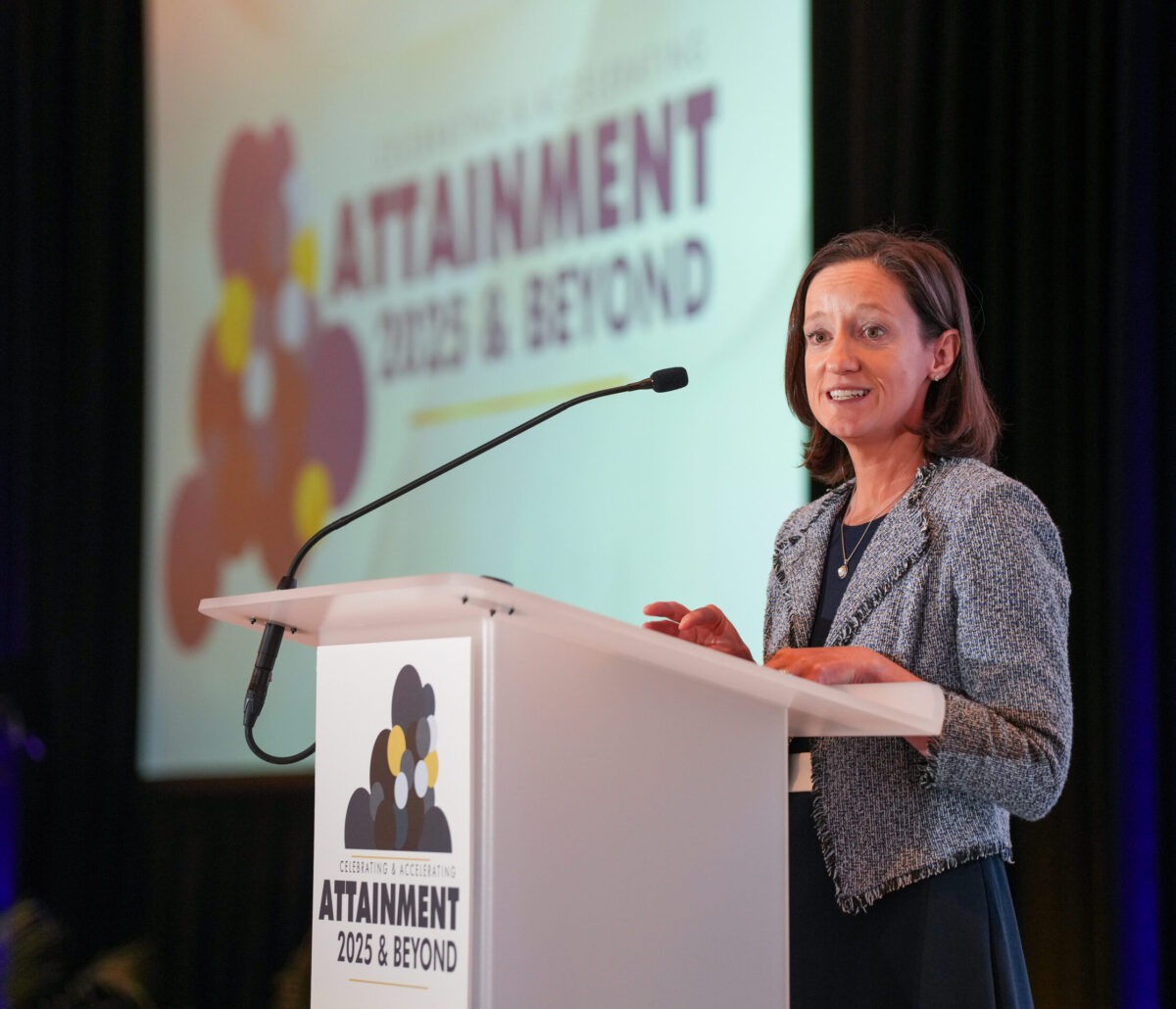Targeting the Technical: Prioritizing Analysis of Student Transcripts in Degree Reclamation Efforts
Published Jan 07, 2022
No one starts on the path to a degree intending not to finish. But between taking one’s first college class and earning a degree, life can change course, and it often does. For a wide array of reasons, students stop out from their higher education path each semester, and many never return. In 2020, the onset of a global pandemic changed the course of lives around the world and today nearly one in five working-age adults in the United States has “some college, no degree” (SCND).1 Many of those students were pursuing postsecondary credentials prior to the COVID-19 pandemic and saw their studies disrupted by a loss of employment, loss of child care, or illness—their own or someone in their care.
As the economy struggles to recover amidst ongoing uncertainty, adults across the country could benefit from earning a degree and opening the door to new careers. Colleges and universities recognize the importance—but also the challenge—of getting SCND students back on track and supporting them, along with currently enrolled students, across the degree finish line. Finding ways for institutions to accelerate the completion of credentials that are valued by the labor market can motivate students to re-engage and help them succeed. And there is no better way to maximize that acceleration than to leverage the learning, and especially the college credits, that these students and potential students already have.
Degree reclamation is a proven strategy to capture the momentum of existing credits and put SCND students back on track to a degree. Given that most colleges and universities focus their degree reclamation initiatives on liberal arts or general studies associate’s degrees, this study explored the potential of expanding those efforts to include technical and applied associate’s degrees, which can yield more immediate employment gains after graduation.
Key findings include:
- Running degree audits for transfer-oriented degrees in general studies and liberal arts yield the most earned credentials. The degree audits of previously enrolled students confirmed that transfer-oriented degrees like associate of general studies, associate of arts, and associate of science provide the fastest and most direct path to a degree. Credit requirements for these degrees are more flexible, as students can apply credit from a range of different courses. Previously enrolled students were more likely to have satisfied general education credit requirements than the major credit requirements of technical/applied degrees.
- Students whose last declared program was a technical/applied degree were closer to meeting all requirements for technical/applied degrees. In general, previously enrolled students were not close to meeting the credit requirements for the technical/applied degrees analyzed in this study: business administration, early childhood education, paralegal studies, criminal justice, and dental hygiene. However, previously enrolled students whose last declared program was a technical/applied program were more likely to have completed technical/applied courses, particularly in the case of business administration.
- Students in programs with relatively flexible requirements met a larger number of requirements for technical/applied degrees. Of the applied/technical degrees, students came closest to meeting requirements in business administration with their existing credits, likely because of the program’s relatively flexible program of study.
- Many near-completers were missing general education. Within general education requirements, mathematics, science, and English/written communication were the requirements most often missing from student transcripts, suggesting they are especially challenging milestones on the path to completion.
Find a fuller discussion as well as recommendations for colleges and universities in the brief: Targeting the Technical: Prioritizing Analysis of Student Transcripts in Degree Reclamation Efforts to Improve Student Completion Outcomes.
References
1 Ryan, C. L. & Bauman, K. (2016). Educational attainment in the United States: 2015 (Report No. P20-578). Washington, DC: U. S. Department of Commerce & U.S. Census Bureau. Retrieved from http://www.census.gov/content/dam/Census/library/publications/2016/demo/p20-578.pdf


